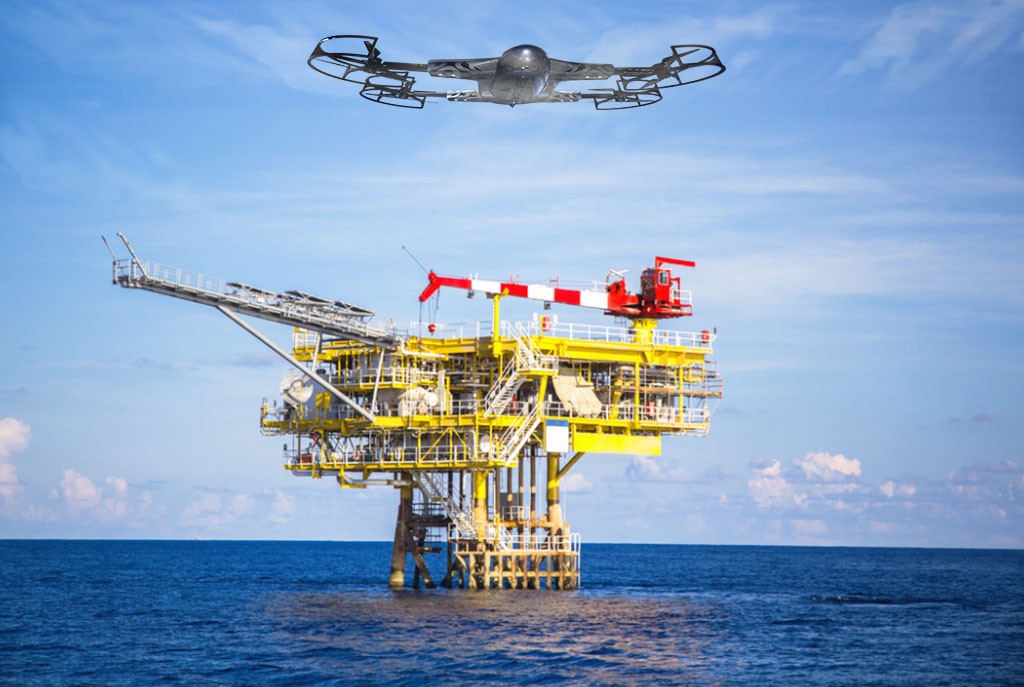Transforming the Oil and Gas Industry
In the ever-evolving world of the oil and gas industry, innovation is the name of the game. From drilling deeper and extracting more efficiently to ensuring the safety of workers and minimizing environmental impact, the sector constantly seeks new ways to enhance operations. One of the most promising and transformative technologies in this pursuit is the use of drones and related services.
Upgrading Exploration and Surveying
Exploration and surveying are the initial steps in oil and gas operations, and they often involve vast and challenging terrains. Drones equipped with advanced sensors, LiDAR (Light Detection and Ranging) technology, and high-resolution cameras can swiftly and accurately map remote areas, identify potential drilling sites, and assess geological conditions. This capability reduces exploration costs and minimizes the environmental impact of ground surveys.
Efficiency in Monitoring Pipelines and Infrastructure
The oil and gas industry relies heavily on extensive pipeline networks to transport crude oil and natural gas. Monitoring these pipelines for leaks, structural integrity, and maintenance needs is a critical task. Drones provide an efficient solution, as they can cover long distances quickly and access difficult-to-reach areas.
Equipped with thermal imaging cameras, drones can detect temperature anomalies that may indicate leaks or structural issues in pipelines. Routine drone inspections reduce the need for manual checks, minimizing operational downtime and reducing the risk of environmental disasters.
Enhanced Safety and Security
Safety is paramount in the oil and gas industry, where workers are exposed to various risks daily. Drones are used for safety inspections, monitoring of hazardous conditions, and emergency response.
For instance, drones can access areas that may be unsafe for human inspection, such as the top of flare stacks or the interior of tanks. This helps identify potential issues without putting workers at risk. In emergency situations, drones can be rapidly deployed to assess the extent of incidents, guiding response efforts effectively.
Environmental Monitoring and Compliance
Environmental concerns are at the forefront of the oil and gas industry. Companies are under increasing pressure to monitor their operations and ensure compliance with environmental regulations. Drones play a crucial role in this regard.
Drones equipped with environmental sensors can monitor air and water quality, detect emissions, and identify potential environmental risks. This data enables companies to take proactive measures to minimize their environmental footprint and meet regulatory requirements.
Challenges and Future Innovations
Despite their numerous advantages, the use of drones in the oil and gas industry presents some challenges. Regulatory compliance and privacy concerns are significant considerations. Ensuring that drones adhere to airspace regulations and respect the rights of landowners is crucial.
In the future, we can expect continued advancements in drone technology for the oil and gas sector. This includes the development of autonomous drones capable of performing complex inspections and maintenance tasks without human intervention. Artificial intelligence and machine learning will also play a significant role in data analysis, enabling predictive maintenance and improving operational efficiency.
Conclusion
Drones and related services are changing the landscape of the oil and gas industry, offering safer, more efficient, and environmentally friendly solutions. From exploration to monitoring, safety, compliance, and environmental protection, drones are proving to be valuable tools for companies in this sector. As technology continues to evolve, we can anticipate even more innovative applications of drones in the oil and gas business, driving the industry towards a more sustainable and efficient future.
